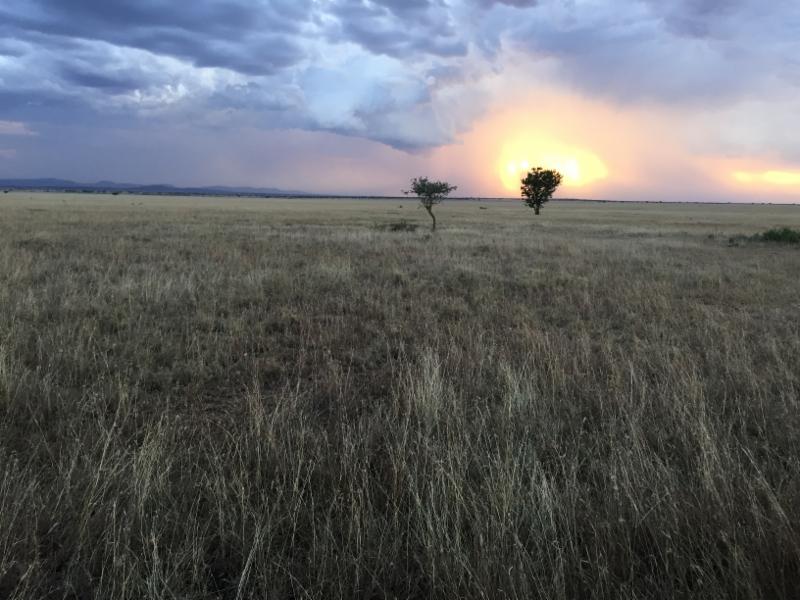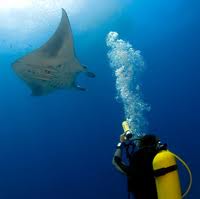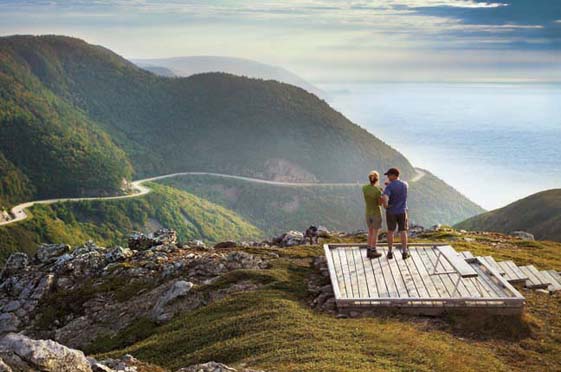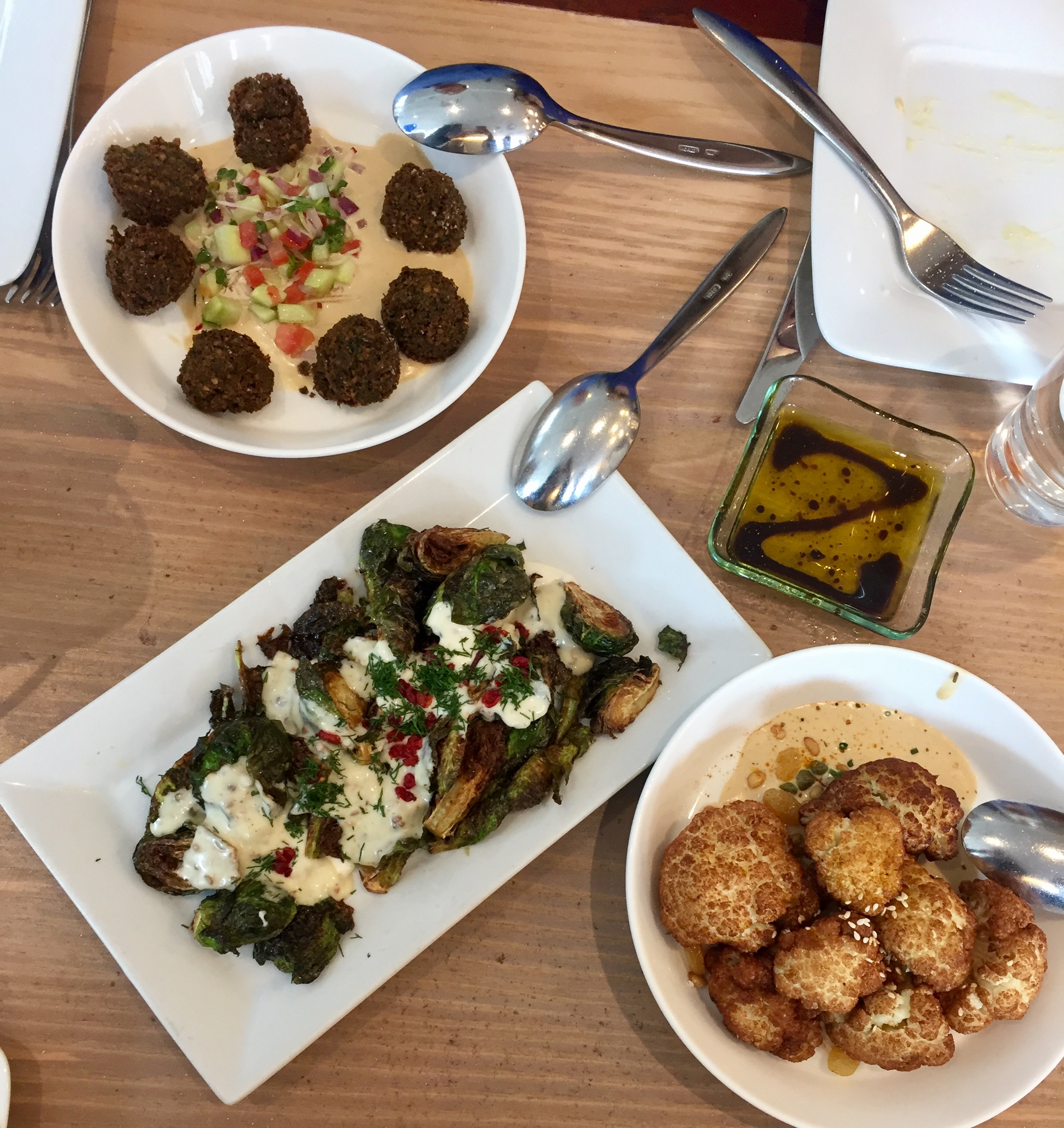Skywalk Saint John Set to Open This Month
While in New Brunswick several weeks back, I was fortunate to take a behind-the-scenes tour of the new skywalk set to make its debut this summer. Saint John will now be the third spot in North America to open a skywalk, in addition to the Grand Canyon and Jasper National Park. Unlike those two skywalks, which are designed as semi-circles, the Skywalk Saint John is more like a long plank extending more than 25 feet out from the building. Look down through the glass flooring and you get an exhilarating view of the cliffs, bridge, and a unique tidal shift called a reversing falls. A series of rapids in the Saint John River can be seen switching direction in the churning whirlpool below. A 10-minute film will explain this unique phenomenon caused by the tidal shifts on the nearby Bay of Fundy. Below the skywalk, the Reversing Falls restaurant offers those same glorious vistas thanks to floor-to-ceiling windows. Expect freshly caught yellowfin tuna, halibut, lobster, oysters, and provisions from local farms once it opens.

 November is often a slower month for us as people are gearing up for their December trips. Not this year. We currently have members all over the globe including India, Tulum, Paris, Australia, Spain, and Patagonia. We are so grateful to be able to advise our adventurous clients on how best to explore this glorious planet of ours. What a thrill it is for us to design, guide, and book all kinds of wonderful hotels, experiences, and routes. We hope
November is often a slower month for us as people are gearing up for their December trips. Not this year. We currently have members all over the globe including India, Tulum, Paris, Australia, Spain, and Patagonia. We are so grateful to be able to advise our adventurous clients on how best to explore this glorious planet of ours. What a thrill it is for us to design, guide, and book all kinds of wonderful hotels, experiences, and routes. We hope  The Turks & Caicos are an archipelago of eight islands and forty relatively flat limestone and coral cays, some of which are little more than dusty specks in the aquamarine waters. The relative anonymity of these islands stem from their location. They are south of the Bahamas, yet not part of the Bahamas; north of the Caribbean, yet not technically part of the Caribbean. Indeed, the Turks & Caicos are a British Crown Colony whose 15,000 inhabitants or Belongers, as locals like to call themselves, slip through the pages of most guidebooks. This is especially true of Grand Turk, a sleepy 6-mile long island where you stroll past the Victorian homes on Front Street in a matter of minutes. Nestled amongst the homes are a handful of inconspicuous hotels, restaurants, dive shops, and government offices that seem to add to the British charm.
The Turks & Caicos are an archipelago of eight islands and forty relatively flat limestone and coral cays, some of which are little more than dusty specks in the aquamarine waters. The relative anonymity of these islands stem from their location. They are south of the Bahamas, yet not part of the Bahamas; north of the Caribbean, yet not technically part of the Caribbean. Indeed, the Turks & Caicos are a British Crown Colony whose 15,000 inhabitants or Belongers, as locals like to call themselves, slip through the pages of most guidebooks. This is especially true of Grand Turk, a sleepy 6-mile long island where you stroll past the Victorian homes on Front Street in a matter of minutes. Nestled amongst the homes are a handful of inconspicuous hotels, restaurants, dive shops, and government offices that seem to add to the British charm.  We were all packed to go on our kid’s first jaunt to Europe last week when our flight was cancelled because of the volcanic ash. There would be no touring of the Tate Modern or dinners at French bistros, at least for now. Obviously, we were all disappointed when we realized there was no way we could get a flight to Europe over our children’s April break. So we did the next best thing. Got in the car and drove to Manhattan for four days. Instead of Madame Tussauds in London, we visited Madame Tussauds in Times Square. Instead of dining at
We were all packed to go on our kid’s first jaunt to Europe last week when our flight was cancelled because of the volcanic ash. There would be no touring of the Tate Modern or dinners at French bistros, at least for now. Obviously, we were all disappointed when we realized there was no way we could get a flight to Europe over our children’s April break. So we did the next best thing. Got in the car and drove to Manhattan for four days. Instead of Madame Tussauds in London, we visited Madame Tussauds in Times Square. Instead of dining at The favorable exchange rate for the American dollar not only extends to Europe. If you haven’t looked lately, $1 US will now fetch $1.25 in Canada. I haven’t seen an exchange rate like that since I was at an Expos game. If the exorbitant flights to Europe limit your options to the continent, especially if you want to travel as a family, head north. I’m already planning to go to Nova Scotia in early June and Montreal and the Eastern Townships in October. I’m also heading to the Canada Media Marketplace next week in New York, where I’ll be learning about all the new travel opportunities in the country. I’ve had the good fortune to travel extensively around Canada, biking around
The favorable exchange rate for the American dollar not only extends to Europe. If you haven’t looked lately, $1 US will now fetch $1.25 in Canada. I haven’t seen an exchange rate like that since I was at an Expos game. If the exorbitant flights to Europe limit your options to the continent, especially if you want to travel as a family, head north. I’m already planning to go to Nova Scotia in early June and Montreal and the Eastern Townships in October. I’m also heading to the Canada Media Marketplace next week in New York, where I’ll be learning about all the new travel opportunities in the country. I’ve had the good fortune to travel extensively around Canada, biking around  We had two memorable meals in Washington at Jose Andres restaurants,
We had two memorable meals in Washington at Jose Andres restaurants,
Great shot! Thank you for sharing.
I have no doubt it will become a great success, Heather!